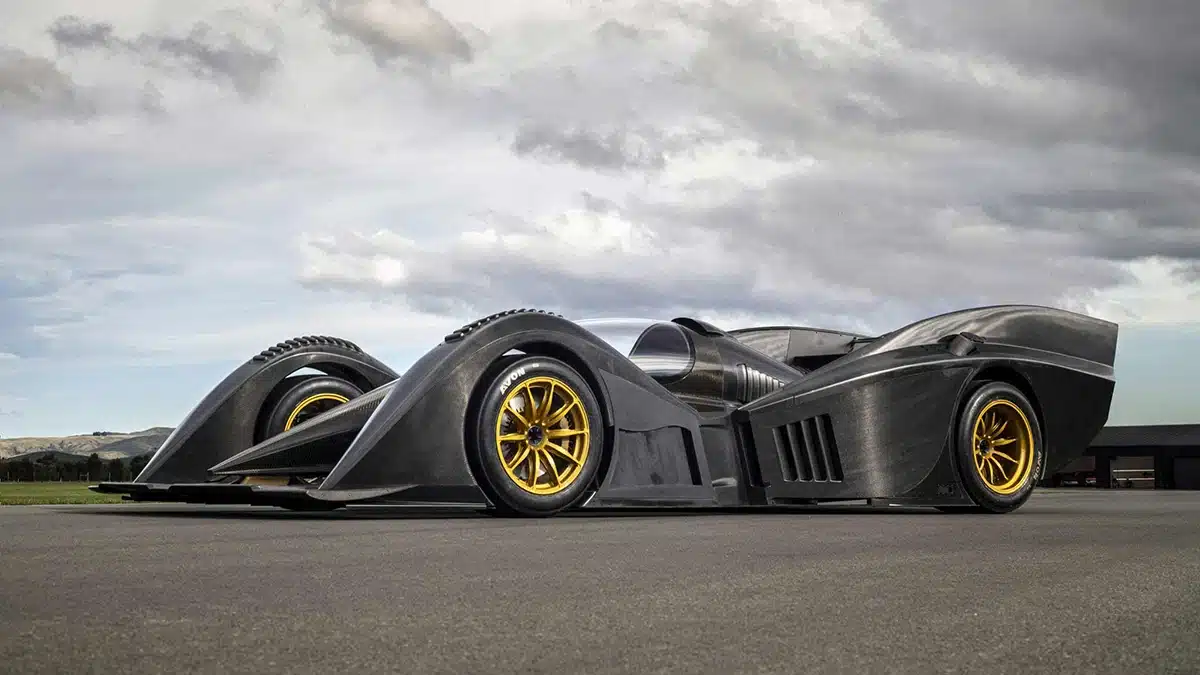In January 2011, the BBC’s Brian Milligan drove an electric Mini 484 from London to Edinburgh. The point of this was to see if it could be achieved using only publicly available charging points. It took him 4 days and a fair bit of waiting. He described the experience as something that produces a new, as yet fairly unfamiliar feeling in the motorist that is all too likely to enter our English language: ‘range anxiety’.
It’s long been known that the best electric cars will produce, in favourable conditions, an average of 100 miles before the need for recharging. Fine for the average commute to work, but not so good for that stress-free early hours holiday trip from almost anywhere in the UK to Cornwall.

I remember a few years back when dual-fuel cars that could switch, at the press of a button, seamlessly between petrol and LPG were hailed as the answer to all our problems. But the same issues that electric cars now face virtually killed that idea off – where is the next LPG refuelling station on my journey? I know that if I had bought a nice new Nissan Primera with the LPG containing fuel ‘donut’ fitted, I would have had to head towards Colchester from Chelmsford each time I wanted to fill up – a journey of some 25 miles. Hardly practical.
Of course, to be fair LPG was widely regarded by large organisations like councils who were able to provide their own filling stations. So just not so practical for you and I then.
Much as happened with LPG, the public are in danger of being put off buying electric vehicles due to a combination of limited travel distance on one charge in relation to the location of the nearest recharging point. And if you add to this the high cost of electric vehicles then you have to ask, have we really found the answer to increasing pressure to cut vehicle emissions in a desperate dip for the line as mankind tries to win the race against Global Warming?
Recently, JD Sports ‘Electric Vehicle Ownership Study 2012’ found that electric cars are likely to continue to play a very small part in the giant US car market due to the cost of ownership. 44% of those either buying or thinking of buying an EV do so because they want to cut their fuel bills. But electricity isn’t free, and add this to the additional premium required to buy an EV, then the savings can start to become rather watered down.
Despite concerns, electric vehicles are still the major force in the motor industries armoury when it comes to showing their green credentials. Only 2 months ago the third annual e-miglia electric car rally took place. This is an EV race through Switzerland, Germany, Austria and Italy that takes 4 days and around 500 miles. Ignoring the fact that the Nissan Leaf had to be towed the last part of the third day due to running out of energy, such events show that the idea behind EV concept is certainly not on the wane.
Next Spring, Renault launch the all-electric Zoe, which despite a disaster of a name that will most likely, as Alan Sugar might say, ‘limit your market’ is getting some nice first reviews. Still unable to crack the 100 miles per charge holy distance grail, at least the price is more reasonable than some other electric vehicles we have seen hitting the showrooms at £13,650. Don’t forget the ‘hidden’ cost of battery lease at an eyebrow raising £70 per month (minimum) though. In fact, that’s really rather an important point to not forget.
Not content with just allowing EVs to be on the expensive side, a recent Norwegian study by The Norwegian University of Science and Technology found that electric vehicles could actually contribute to a rise in greenhouse gases if coal was used to produce the electricity that is used to power them. Alarmingly, the study also found that electric car factories produced more toxic waste than standard car manufacturing plants. This is because the production of an electric engine requires toxic materials such as copper, nickel and aluminium. No, I didn’t think these were classed as ‘toxic’ either. If we are to take this report as gospel, then it starts to make you wonder if maybe the perfect green car was actually invented by The Flintstones.
The report is quite damning, suggesting that by the time an electric vehicle hits the road in the eager hands of the green-conscious general public, it has already caused a fair bit of damage to the environment.
The London 2012 Olympics boasted a 3000-strong fleet of electric BMW vehicles – eco-friendly driving couldn’t get more high profile than that, but the question still remains, are EVs really the practical solution?
Images from green.autoblog.com, neatorama.com
For more articles like this, receive our weekly e-newsletter, including partner deals and all things motoring, register your email below.
Please note: You cannot subscribe to Smart-Motoring unless you put a tick in the checkbox below to indicate have read and agreed to our privacy policy.







Leave a Reply
You must be logged in to post a comment.